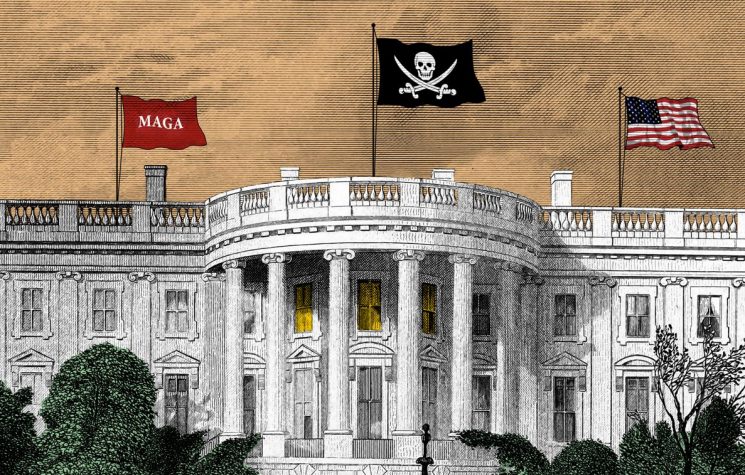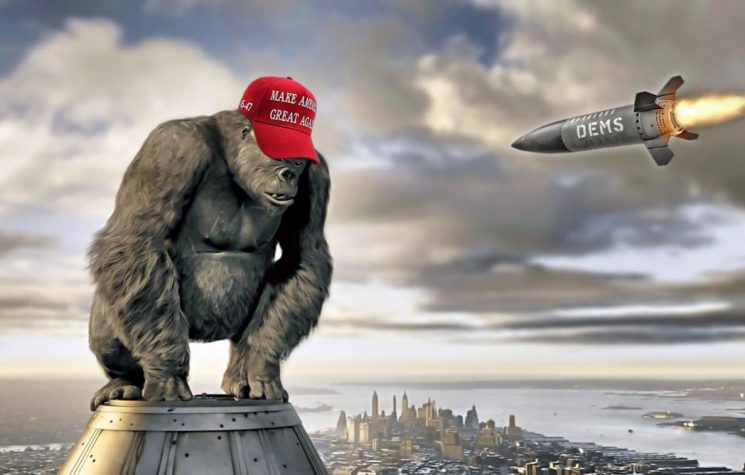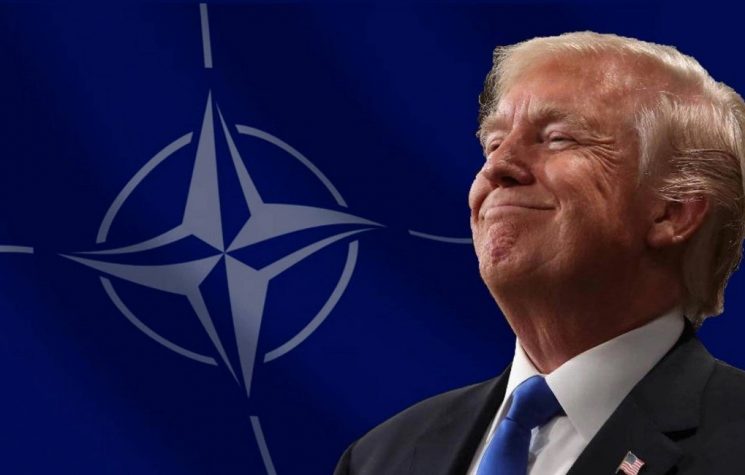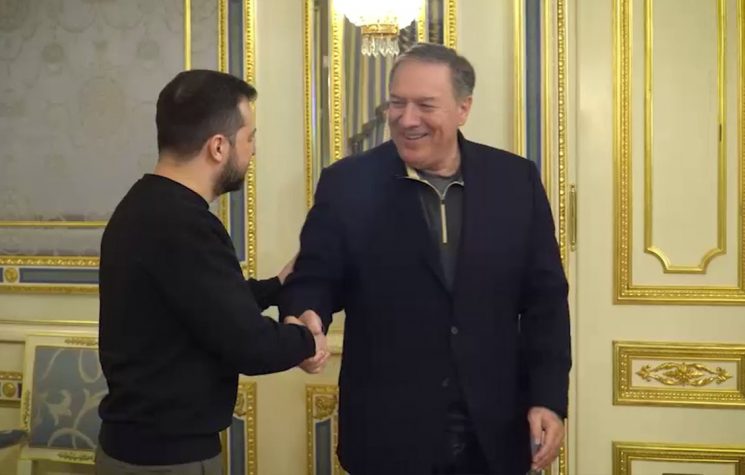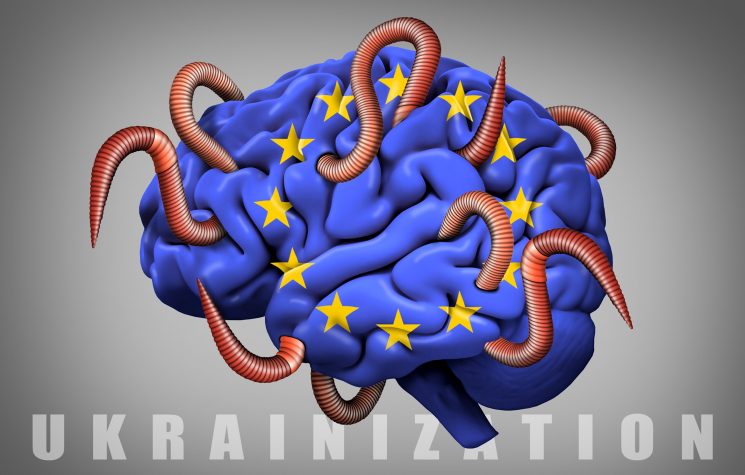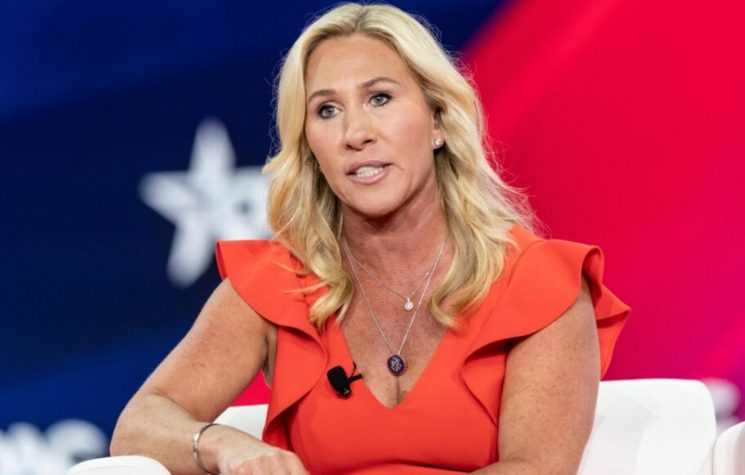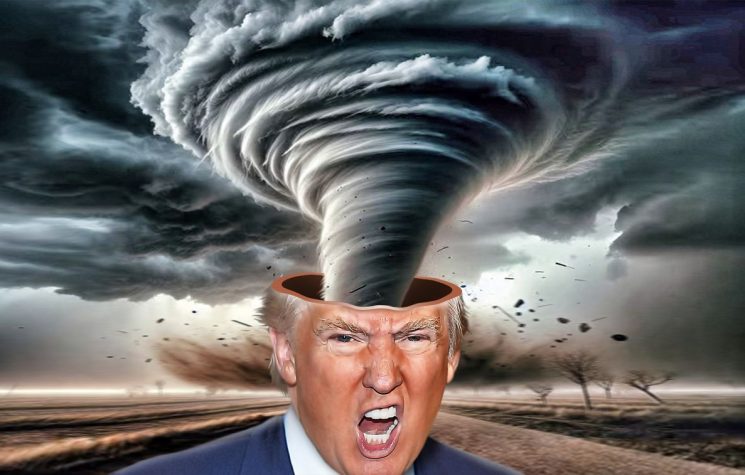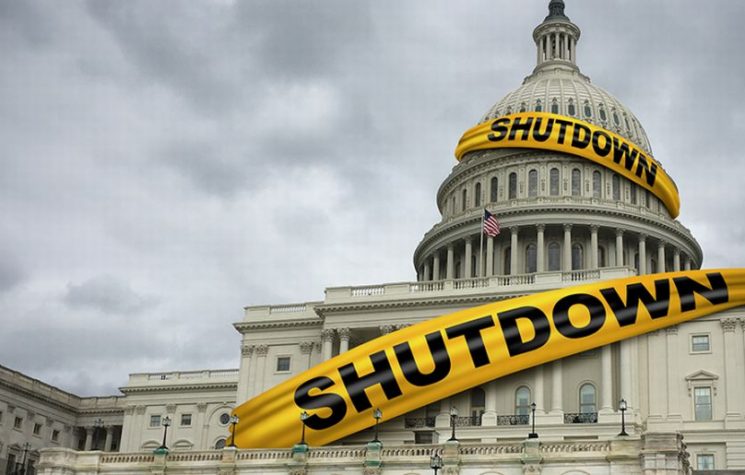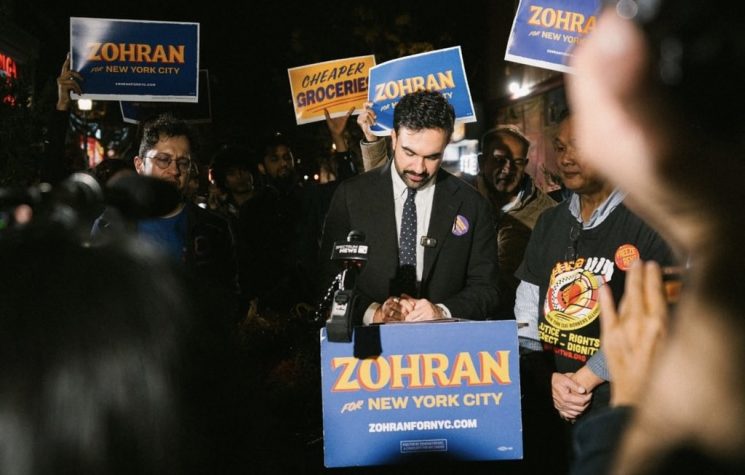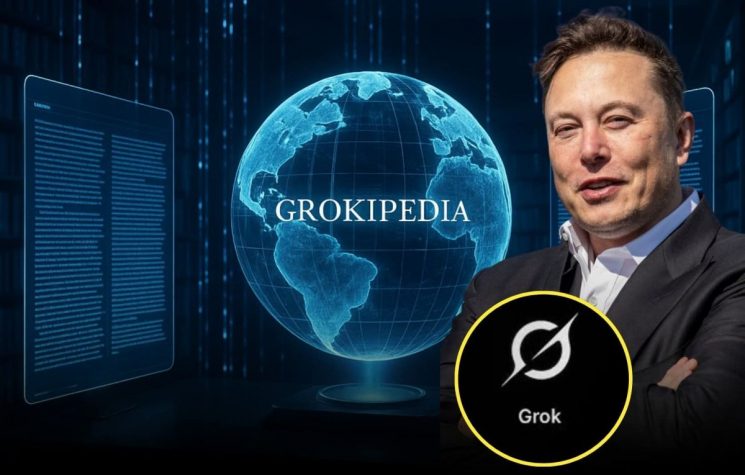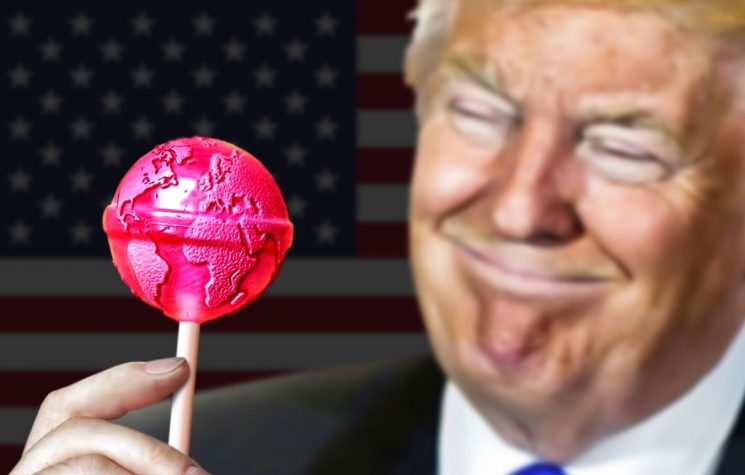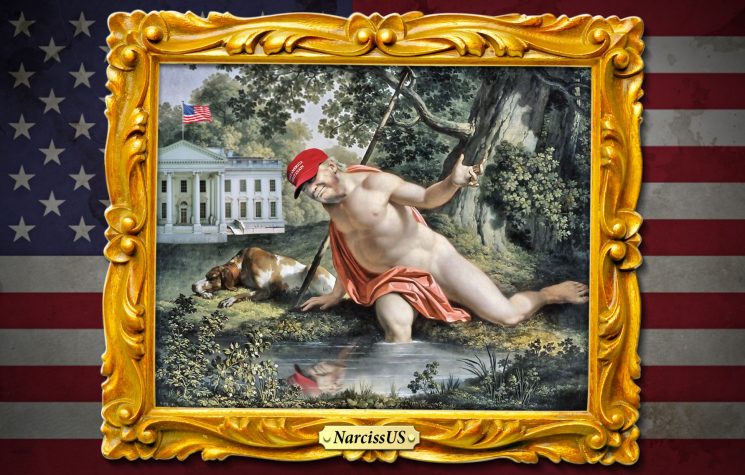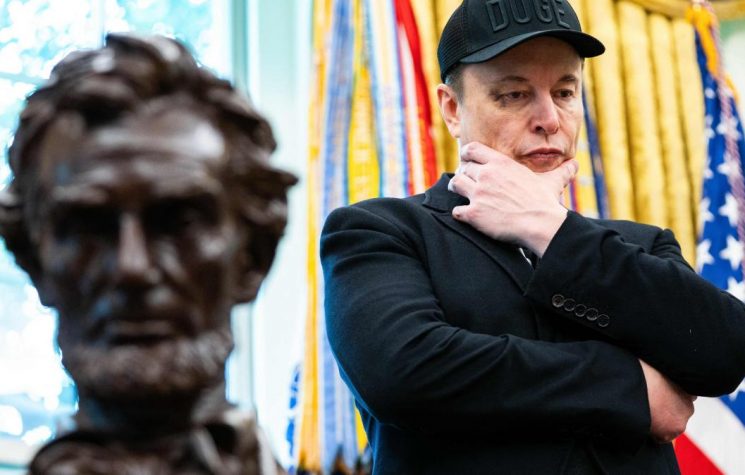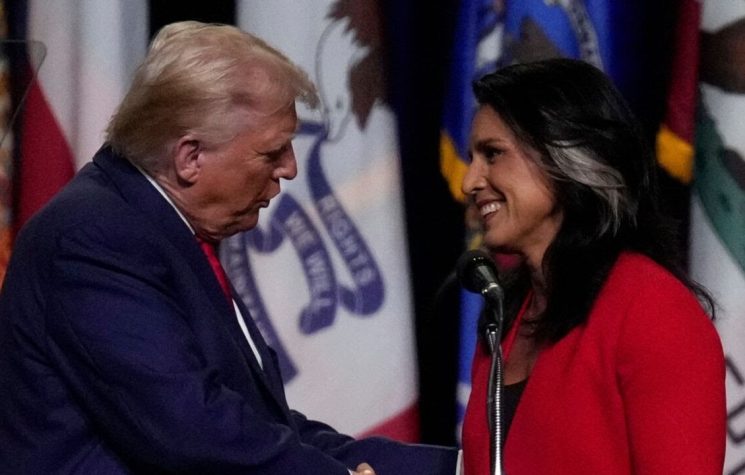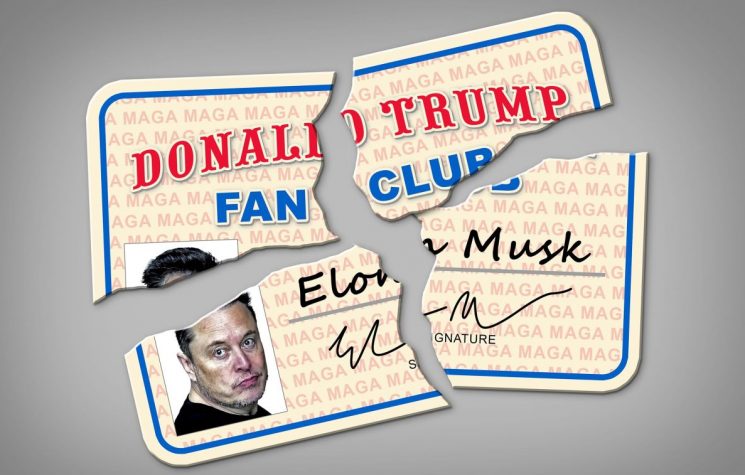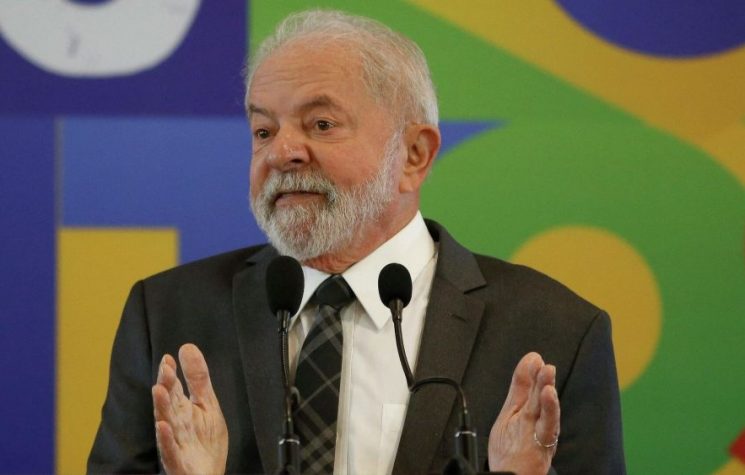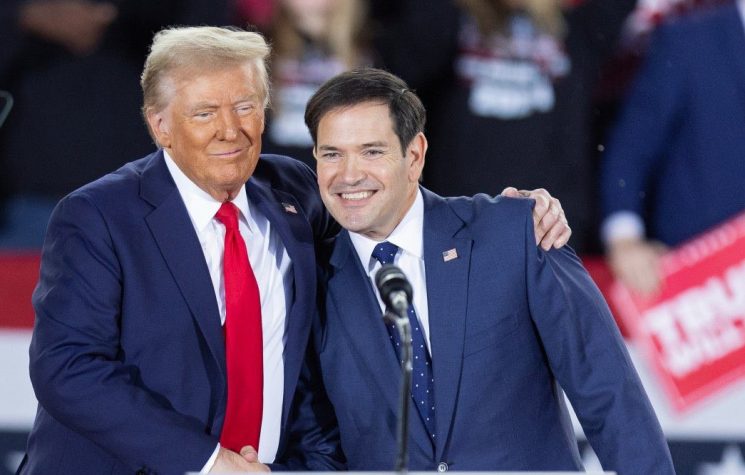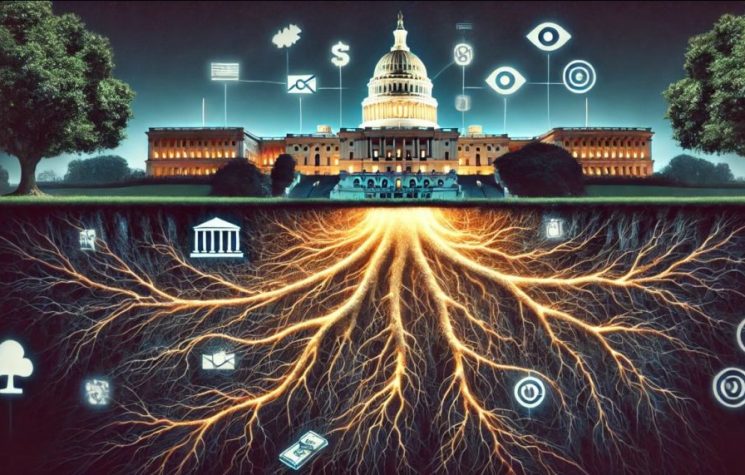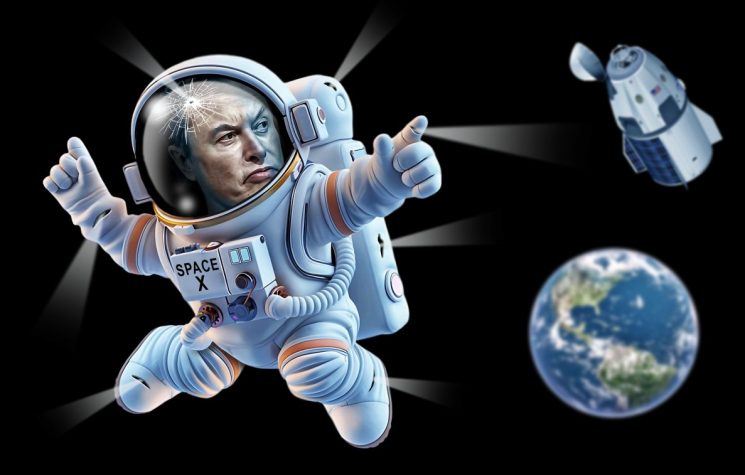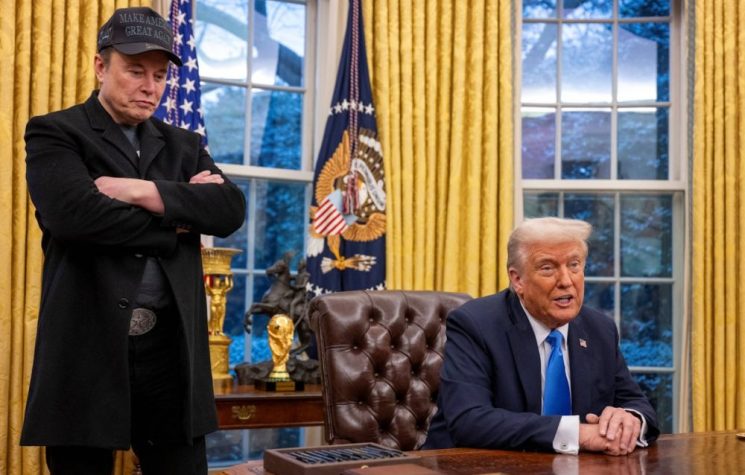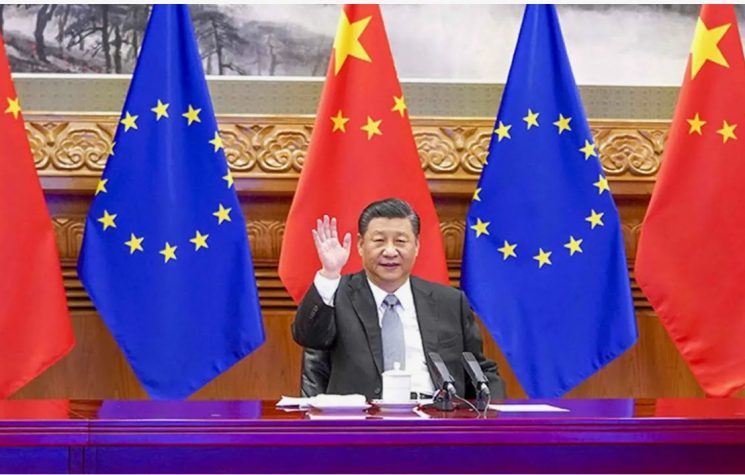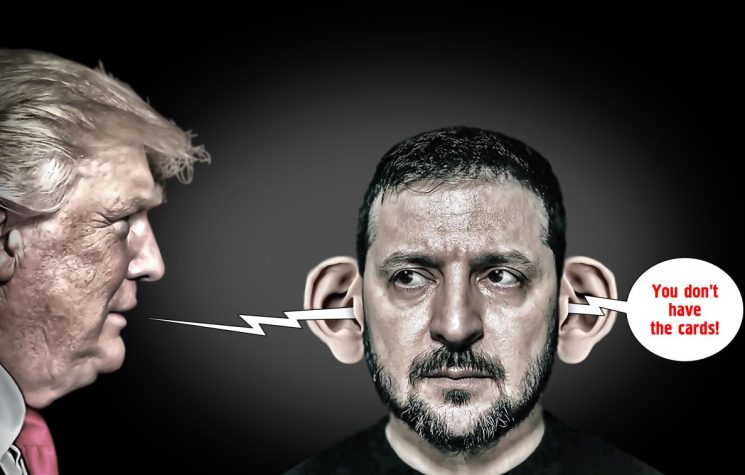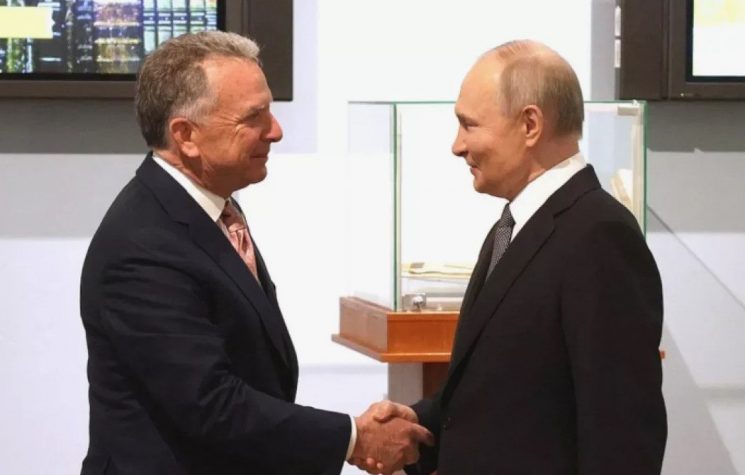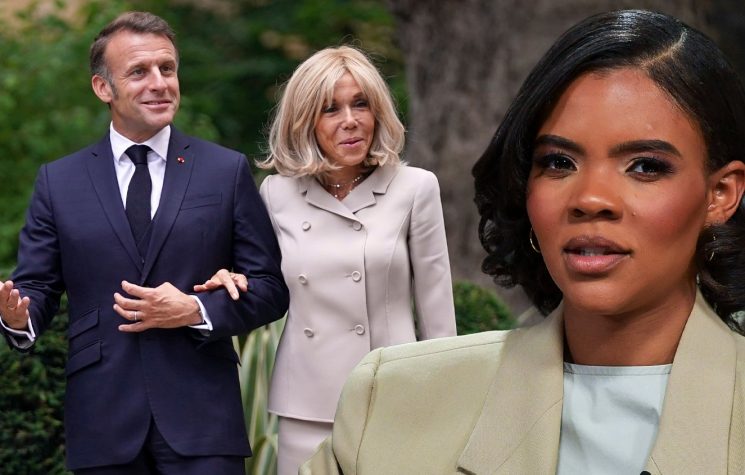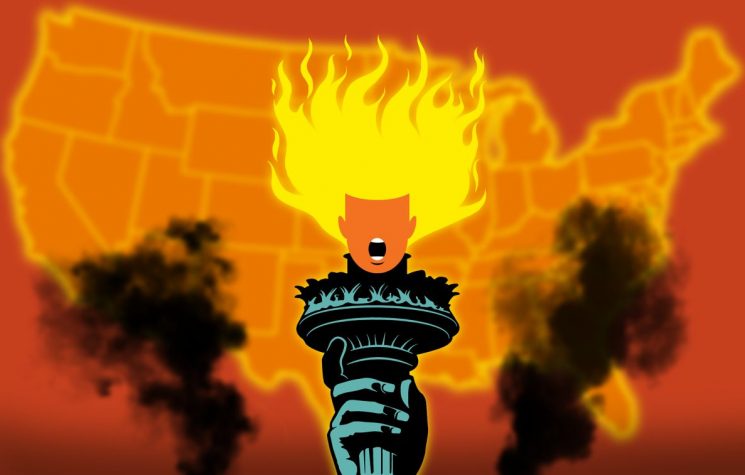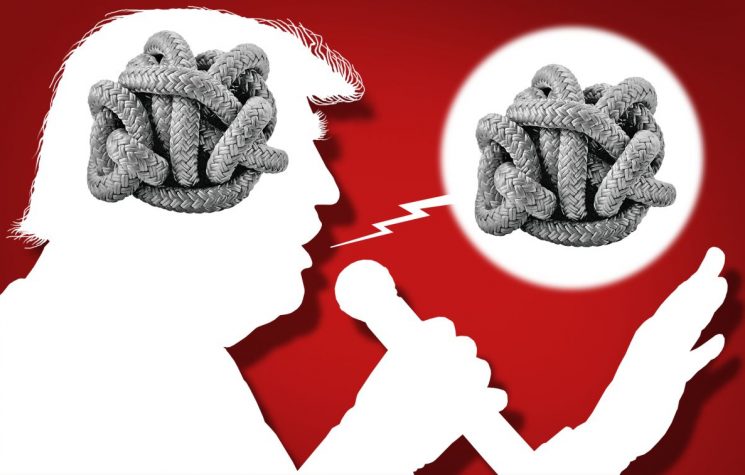Confidence is everything. And that ‘capital’ is being eroded rapidly.
Join us on Telegram![]() , Twitter
, Twitter![]() , and VK
, and VK![]() .
.
Contact us: info@strategic-culture.su
The Musk versus Trump fallout (at least for now) has a distinct ‘made for television’ quality to it. But do not be deceived by the entertainment content. The spat illustrates a fundamental contradiction at the heart of the MAGA coalition. It is quite possible that this contradiction will erupt at some further point and may end up triggering the slow decay of Project Trump.
A fulcral moment in the last U.S. election was the switch of Silicon Valley’s ultra-rich Tech oligarchs from their support for the Democrats to Trump. It brought both money and the potential glittering prize that America could seize a monopoly over global data storage; AI; and what Yanis Varoufakis calls ‘cloud capital’ – the purported ability to extract rent (i.e. fees) for access to America’s putative massive data hoard and to Big Tech’s associated platforms. Such a data monopoly, it was believed, would then give the U.S. the ability to manipulate how the world thinks – and to define the products and planforms seen to be ‘cool’.
The notion too was that a monopoly on data centres could potentially be as lucrative as the U.S. monopoly of the dollar used as the principal trade currency – which could provide major capital inflows to offset debt.
The explosive quality to a coalition of Tech Oligarchs with the MAGA Populists, however, is that both factions hold irreconcilable visions – both for dealing with America’s structural debt crisis, as well as that of America’s cultural future.
The ‘Tech Bros’ vision is wildly radical; it is ‘authoritarian libertarianism’. Peter Thiel, for example, argues that a small posse of Oligarchs should rule the empire, unfettered by any democratic limitation; that the future should be based in ‘disruptive technology’; be robotic and AI driven; and that the populace should be tightly ‘managed’ through AI control.
The Trump Economic Team’s vision is quite different: Trump’s own primordial objective – to which geo-politics is subordinate – is to shore up the dollar as the world’s main trading currency. This objective however can only be sustained through addressing America’s unsustainable debt overhang.
The overhang reflects the imbalance that built up after 1970 when the U.S. trade account slipped into deficit: On the one hand, the U.S. has facilitated an exaggeratedly large sphere of global dollar indebtedness to splurge worldwide; but at the same time, this massive inverted pyramid of debt rests on a diminutive and shrinking American production base.
In other words, whilst America benefited enormously from these capital inflows, it can no longer expect to grow itself out of its own, self-created debt-trap.
Team Trump proposes to address this imbalance through devaluing the dollar (perhaps by up to 30%), by corporate tax cuts (to induce a return of overseas manufacturing to the U.S.), and thus bringing about a managed shrinkage of the offshore dollar debt cloud relative to U.S. productive capacity.
To be clear, this does not solve the debt problem – It just buys time.
The Tariff ‘shock and awe’ strategy was intended to frighten the world into making unwise deals to accommodate this schema. The U.S. pressure on states for greater NATO defence spending too, similarly follows U.S. ‘bankruptcy best practice’ for the restructuring of existing creditors.
So far, this has not worked out as planned, due in major part to Chinese resistance. As a result, the U.S. bond-market (debt market) remains today on tenderhooks, with every auction a nail-biter.
Over simplifying things – one can see that the populist MAGA base are insisting on a return to a real human economy and well-paid employment prospects versus the contrasting dystopian view of theTech Bros, who see only a (non-human) disruptive tech, robotic and AI future. These visions are completely at odds with each other.
Knowing this background may explain how Steve Bannon (a supporter of the MAGA populists) can be viscerally opposed to Elon Musk, labelling him an apostate, an ‘illegal migrant’, with the demand that he be deported.
The question is, how did such contradictory visions find themselves joined into a single coalition?
Well, first Trump was obliged to do a deal in order to be elected. He had to do a deal with the U.S. ‘money circus’ (the ultra-rich), not only on how to rescue the U.S. economy, but he then had to ‘square’ this with the panjandrums of the ‘dark’ Establishment who control much of America’s political ‘life’.
These panjandrums serve as the ‘gods’ protecting a ‘sacred’ security architecture: the U.S.’ unqualified, bi-partisan support for Israel and the ancient visceral phobia towards Russia. However, they also harbour deep qualms for the security of America’s financial fortress – which is expressed as ‘China cannot be allowed to win the war for the future of global finance’.
So what brought such disparate parts together?
In a new book, The Haves and the Have-Yachts, Evan Osnos describes how one man, Lee Hanley,significantly shaped American Right-wing politics over recent decades. Steve Bannon, the original architect of Trump’s MAGA platform, called Osnos one of the “unsung heroes” of American history. “He had a real love of the hobbits, the deplorables”, Bannon said, “and he put his money where his mouth was”.
Wessie du Toit writes that Hanley was one of the super-rich. He quotes Osnos who outlines that America’s super-rich are not united in a single faction. They are divided: Forbes reported on the eve of the 2024 election that Kamala Harris had more billionaire donors than Trump (83 versus 52), however “over two-thirds (70%) of billionaire-family contributions went in support of GOP candidates and conservative causes”. Forbes also reports that billionaire political spending is now an astonishing 160 times higher than in 2010.
What is going on? Du Toit quotes Osnos outlining how Hanley “uncannily prefigured Trump’s electoral strategy” by assembling “a coalition of conservative élites and the white working class”. In brief, members of America’s élite accepted the terms of Trumpism as the price that would need to be paid, were they to have keep the prospect of holding on to their power.
“After Mitt Romney’s defeat in 2012, Hanley commissioned a pollster to look deeper into the underlying mood in the U.S. He was informed that “the level of discontent in this country was beyond anything measurable”. Hanley became convinced that Trump was the only politician capable of channelling this energy in a favourable direction, and set about converting other wealthy donors to the cause. It was a canny investment. Even as Trump gave expression to the anger of Bannon’s “hobbits”, his presidency brought immense material rewards [to these wealthy oligarchs]”.
“Trump is a creature of the money-world, and, specifically, of a period of American thinking about greed, fairness, liberty, and dominance”. This was the ‘other revolution’ to that of the MAGA populists, Osnos points out.
Over the years, “a section of America’s élite has increasingly rejected constraints on their ability to accrue wealth, disavowing the notion that their great resources entail any special responsibility towards their fellow citizens. They have embraced a radical libertarian ethos which casts them simply as private individuals, responsible for their own fate, and entitled to enjoy their riches – as they alone see fit”.
This brings us to the Trumpian riddle that Osnos sets out at the start of his book: “To understand why a voter could revile ‘the élite’ and [yet still] revere the billionaire scion of a New York real estate fortune”. Osnos may be correct in responding to this riddle that the ‘level of discontent’ found by Hanley in 2012 had forced the élites to embrace unpredictable forms of populism in order to maintain their wealth and oligarchies”.
The problem here is obvious: The values of the Populist revolutionaries run counter to those venture-capitalist backers of Trump – such as Peter Thiel, David Sachs, Elon Musk or Marc Andreessen.
How might this be resolved? The MAGA fear is that the Silicon Valley Oligarchs possibly could rejoin the Democrats in time for the Mid-Term Congressional elections. Or even that Musk could launch a centrist Third Party (an idea that he has already mooted on social media).
What makes these contradictions potentially incendiary is that none of Trump’s main foreign policy planks –dealing with China, bringing Iran and West Asia into normalisation with Israel, and striking a relationship with Russia – are proceeding as planned. Yet Trump needs quick tariff deals, because America’s debt and fiscal situation require it.
These main geo-political proposed deals were predicated on America having negotiating dominance (holding the ‘aces’). Yet events have shown that Trump does not hold the bigger cards. China remains “very tough to deal with”, and Iran and Russia no less so.
In fact, the aces are held not so much by Trump, but by the U.S. Senate which can hold approval of Trump’s Big Beautiful Bill hostage to the demands by a majority of Senators who seemingly favour escalation against Russia and ‘no enrichment’ for Iran.
Trump Team’s thinking that the attempted assault on Russia’s nuclear deterrence would pressure Putin into accepting a ceasefire on U.S. terms has backfired roundly.
In spite of his (not very convincing) claims that he, Trump, was not aware of Ukraine’s attack on Russia’s strategic bombers, Russia takes the situation very seriously: Larry Johnson has reported from Moscow that retired General Evgeny Buzhinsky (who served in the Main Directorate of International Military Cooperation of the Russian Ministry of Defence) told him that “Putin was furious”. The General went on to warn that this moment marked the closest that the U.S. and Russia have come to the brink of nuclear war since the Cuban missile crisis.
In Moscow, this episode has opened the question of whether Trump’s true aim – all along – has been to pressure Putin to accept a ceasefire that would weaken him politically, as well as to bind Russia into a situation of endless conflict with Ukraine – a framework that would allow Trump to pivot directly against China (an objective dating to 2016 and one which would be endorsed by all of America’s power centres).
Firstly, Trump must have made the calculation that the U.S. Senate and the dark permanent state would be solidly opposed to any real transformation of relations with Russia – a transformation that would leave the Russian state stronger. And secondly (and more telling) is that Trump has not raised a finger to issue a new Presidential Policy ‘Finding’ cancelling the earlier Biden Administration finding authorising the CIA to pursue the strategic defeat of Russia. Why not? Where too are Trump’s incremental steps toward normalisation of relations?
We do not know.
But his Team’s misreading of the Russian temper has strengthened Russian and many others’ resolve to resist Washington’s attempts to compel outcomes that run against their own interests. Trump’s strategy to maintain the dollar as the primary trading currency, however, depends on the confidence others have in the U.S.
Confidence is everything.
And that ‘capital’ is being eroded rapidly.











